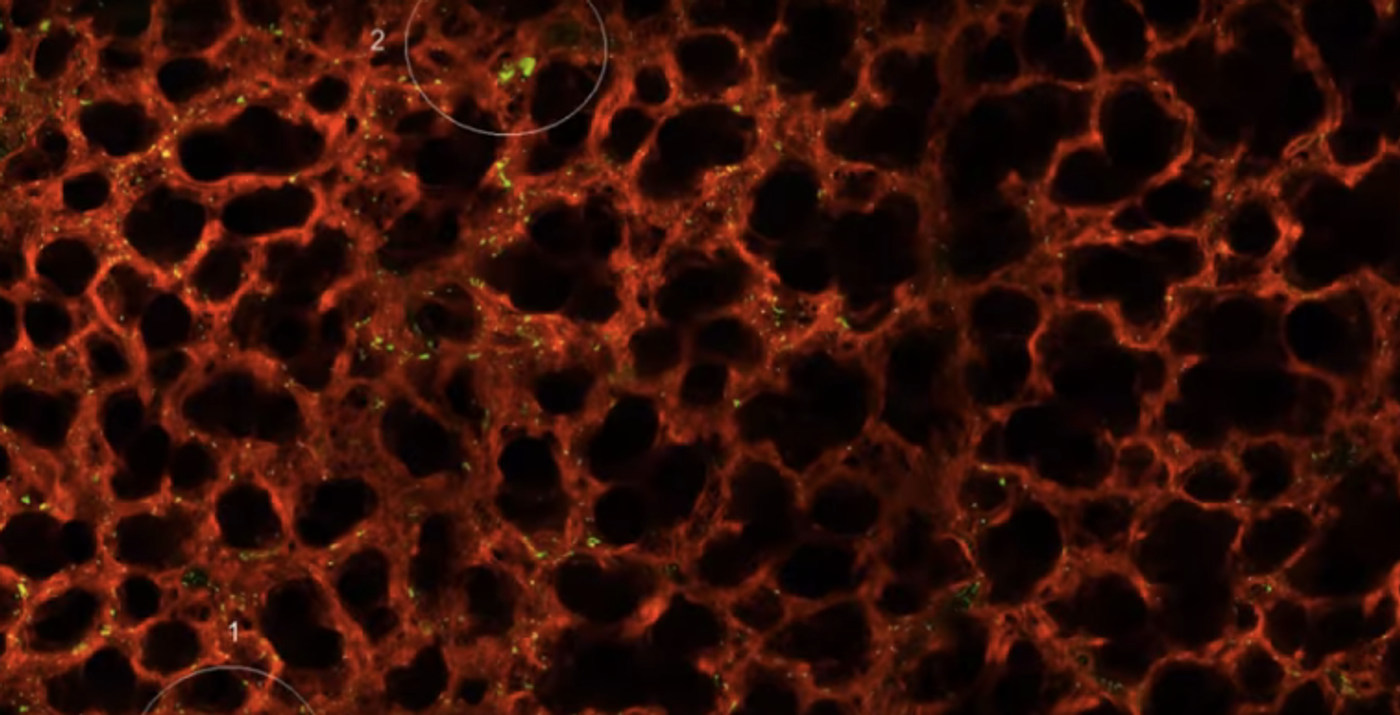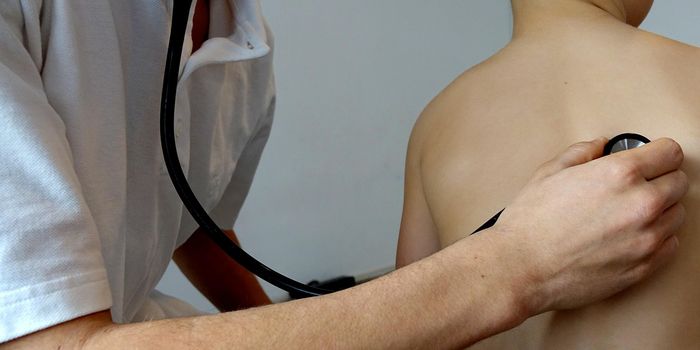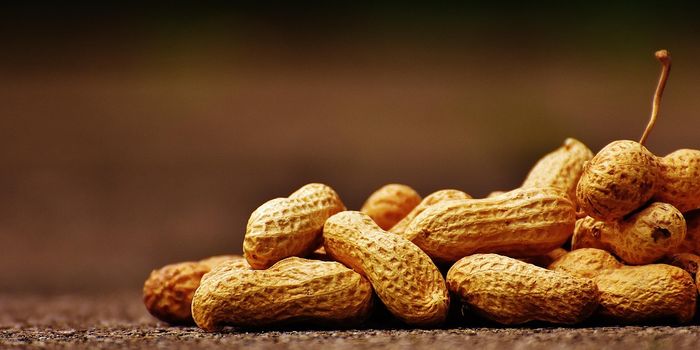Lungs Found to Have a Role in Platelet Production
Using a special microscopy technique, scientists have learned that the lungs have a role in the production of blood. With video of a live mouse lung, they revealed that the lungs produce more than half of one type of blood cell, platelets in circulation. It was once thought that the bone marrow was the primary site of blood production; the scientists also discovered a reservoir of blood stem cells that are able to restore blood production when stem cells in bone marrow get depleted. This work, which was reported in Nature, could have an impact on a variety of things, such as the disease thrombocytopenia, in which platelet counts get dangerously low. It also suggests there is more to the lungs, and lung transplant recipients may be affected by this newly found pool of cells. The work was enabled by a powerful technique, called two-photon intravital imaging, developed by developed by researchers at UC San Francisco researchers Mark R. Looney, MD, a pulmonologist who was senior author of the report, and co-author Matthew F. Krummel, PhD, a UCSF Professor of Pathology.
"This finding definitely suggests a more sophisticated view of the lungs -- that they're not just for respiration but also a key partner in formation of crucial aspects of the blood," said Looney, a Professor of Medicine and of Laboratory Medicine at UCSF. "What we've observed here in mice strongly suggests the lung may play a key role in blood formation in humans as well."
With their tool, the investigators were able to observe the behavior of single cells that made up small blood vessels within the lungs of a live mouse. The researchers could then study how the immune system was interacting with platelets circulating in the lungs, since they were using a genetically modified mouse in which platelets are fluorescent green. They were surprised to see a large amount of megakaryocytic, cells that make platelets, in the vessels of the lungs, which can be seen in the video. While it's not unusual to see megakaryocytic in the lungs, it had been thought that they reside primarily in the bone marrow. "When we discovered this massive population of megakaryocytes that appeared to be living in the lung, we realized we had to follow this up," explained co-first author Emma Lefrançais, PhD, a postdoctoral researcher in Looney's lab.
Follow up work showed megakaryocytes as they manufactures over 10 million platelets per hour within the vasculature of the lungs vasculature. That suggested to the researchers that over half of the total platelet production in a mouse' is happening in the lung, and not the bone marrow. Additionally, the scientists have revealed numerous populations of megakaryocyte progenitor cells and blood stem cells residing outside of the lung vasculature, estimating their (previously overlooked) numbers at 1 million per mouse lung.
Finding those megakaryocytes and blood stem cells in the lung led the researchers to wonder how they move between bone marrow and the lungs. To find out more, the scientists used lung transplant experiments. Mice that carried fluorescent megakaryocytes received transplants of normal lungs; it wasn't long before fluorescent megakaryocytic appeared in the lung vasculature, suggesting that megakaryocytic that make platelets in the lungs start off in the bone marrow.
"It's fascinating that megakaryocytes travel all the way from the bone marrow to the lungs to produce platelets," said the paper's other co-author, Guadalupe Ortiz-Muñoz, PhD, a postdoctoral researcher in the Looney lab. "It's possible that the lung is an ideal bioreactor for platelet production because of the mechanical force of the blood, or perhaps because of some molecular signaling we don't yet know about."
The researchers performed other transplant experiments; in one, lungs carrying fluorescent megakaryocyte progenitor cells were transplanted into mice modeling low platelet counts. From that transplant, fluorescent platelets were able to restore the platelet levels to normal, which persisted for several months afterwards, a timeline that outlasts the lifespan of platelet or megakaryocyte cells. That suggested that progenitors of the megakaryocytes in the transplanted lungs became activated by low platelet levels, producing lots of new megakaryocytes, restoring proper platelet production.
"To our knowledge this is the first description of blood progenitors resident in the lung, and it raises a lot of questions with clinical relevance for the millions of people who suffer from thrombocytopenia," said Looney, who is also an attending physician on UCSF's pulmonary consult service and intensive care units.
This work might cue scientists who are trying to treat platelet diseases to look to platelets made from engineered megakaryocytes could try the lungs as way to restore platelet production, Looney said. There are now also new avenues of stem cell research to investigate the collaboration between bone marrow and lung, and through mutual exchange of stem cells, ensures a healthy blood system.
"These observations alter existing paradigms regarding blood cell formation, lung biology and disease, and transplantation," said pulmonologist Guy A. Zimmerman, MD, the Associate Chair of the Department of Internal Medicine at the University of Utah School of Medicine, who was an independent reviewer of the work. "The findings have direct clinical relevance and provide a rich group of questions for future studies of platelet genesis and megakaryocyte function in lung inflammation and other inflammatory conditions, bleeding and thrombotic disorders, and transplantation."
The observation that blood stem cells and progenitors can migrate freely between bone marrow and the lung lends credence to the idea that stem cells may be a lot more active than has been appreciated, Looney said. "We're seeing more and more that the stem cells that produce the blood don't just live in one place but travel around through the blood stream. Perhaps 'studying abroad' in different organs is a normal part of stem cell education."
Sources: AAAS/Eurekalert! via UCSF, Nature









